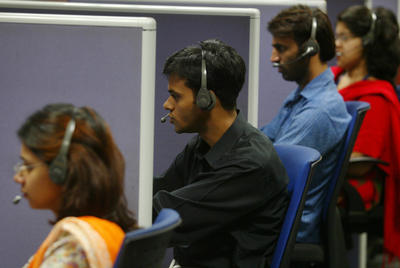Two decades on from when it first commenced its ‘Look East’ policy back in 1992, India’s relationship with its regional neighbours has not matured to the extent that it was originally envisaged. For India, a stronger standing at ASEAN will give a major boost to its stature as a growing global power, which it cannot accomplish without first becoming a strong regional player.
An FTA on services and investment is a step toward greater economic integration in the region. India–ASEAN trade grew over 10 times in the last decade, and has sped up since India concluded a goods FTA in 2009. In 2008, before the conclusion of the agreement, India–ASEAN annual trade was $30 billion, which increased to $80 billion in 2012. India and ASEAN have also set trade targets of $100 billion by 2015 and $200 billion by 2022. And in light of the slowdown of global trade in merchandise goods, an FTA in services and investment will assume even greater significance, particularly because India’s growth story in the last two decades is largely down to growth in its services sector, which makes up around 55 per cent of its GDP. The FTA with ASEAN will also help Indian companies to tap the ASEAN markets easily. ASEAN investments into India have already multiplied in the last few years and ASEAN countries have emerged as major destinations for Indian companies.
Against this backdrop, the impending India–ASEAN FTA will go a long way toward further enhancing strategic relations with ASEAN and boosting India’s growth prospects.
A recent Deloitte and Federation of Indian Chambers of Commerce and Industry joint study showed that India has a greater comparative advantage in the service sectors than the ASEAN nations. Sectors such as computer and information services, telecommunications, e-commerce and engineering services have shown greater advantage for India. In the area of financial and insurance services, however, both partners have similar advantage and both would compete on an equal footing, which would help raise competition. The ASEAN nations have a greater lead compared to India in construction services, engineering services, shipping and transportation services. With regard to investment flows into the Indian market, prime sectors for ASEAN include energy, transport and logistics.
But despite the complementarities, trade in services between India and ASEAN still faces some considerable challenges. Until negotiations on the ASEAN Framework Agreement on Services (AFAS) and the ASEAN regional integration for key service sectors are complete, non-ASEAN trade partners will have to negotiate with individual member countries for sector-wide market access and movement of professionals. The target end date for ASEAN-wide integration is an optimistic 2015, with flexibility for sensitive sectors.
Another problem is that service sectors and particularly professional services in most ASEAN countries remain highly protected. India needs to push for progressive improvements in market access and ensure equal national treatment for service suppliers, as demand is expected to be coming from both producer and consumer services. India’s focus should be on easing restrictions on work permits, especially for professionals, and on increasing flexibility for expatriate workers in the areas of allowances to work, duration of stay, and multiple entry visas for business travellers and professionals.
To facilitate the easier movement of professionals, India also needs to lobby for mutual recognition of professional credentials through mutual recognition arrangements (MRAs) for qualifications in fields such as engineering, architecture and accounting. A minor snag in the context of the India–ASEAN services agreement is that India would have to conclude MRAs with individual ASEAN members (with the exception of Mode 4 access, which refers to the movement of natural persons for the purposes of providing services). This would make the process more time consuming, but it does not mean that India should not try to conclude MRAs in the first place.
Ultimately, the potential welfare gains arising from the services agreement appear to be in India’s favour as well as for member economies of ASEAN. The policy focus of both ASEAN and the individual member nations has been on merchandise trade liberalisation, and on inducing foreign investment-led transfer of technology, which has so far resulted in low regional integration in services. Trade in services will give India an opportunity to use its competitive strength to become a services export hub to the ASEAN region.
Geethanjali Nataraj is Senior Fellow at the Observer Research Foundation, New Delhi.
Rohit Sinha is a research intern at the Observer Research Foundation, New Delhi.

